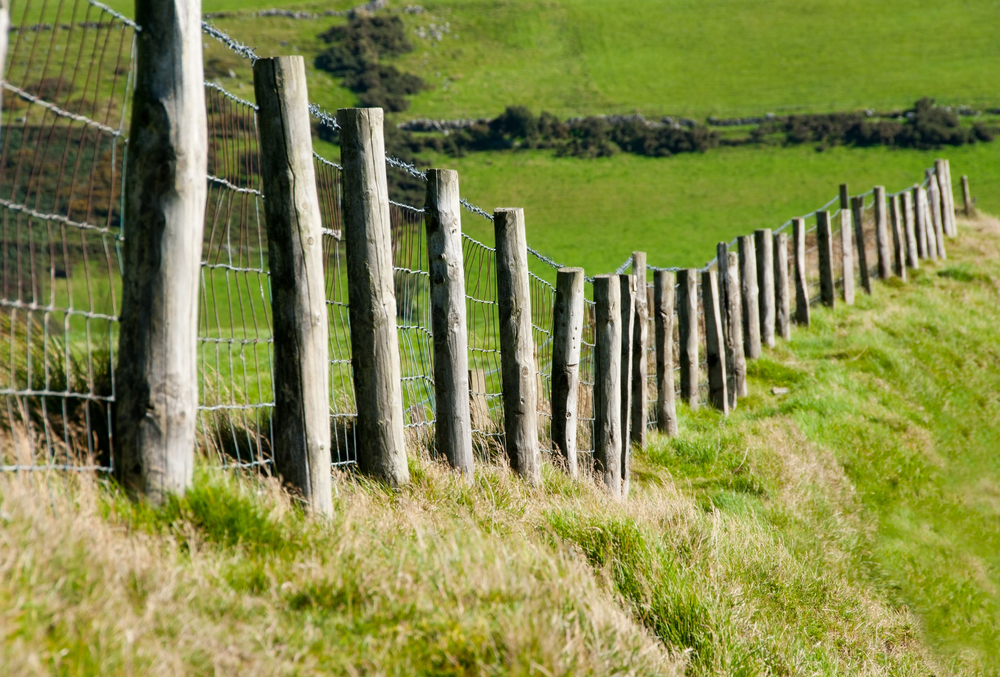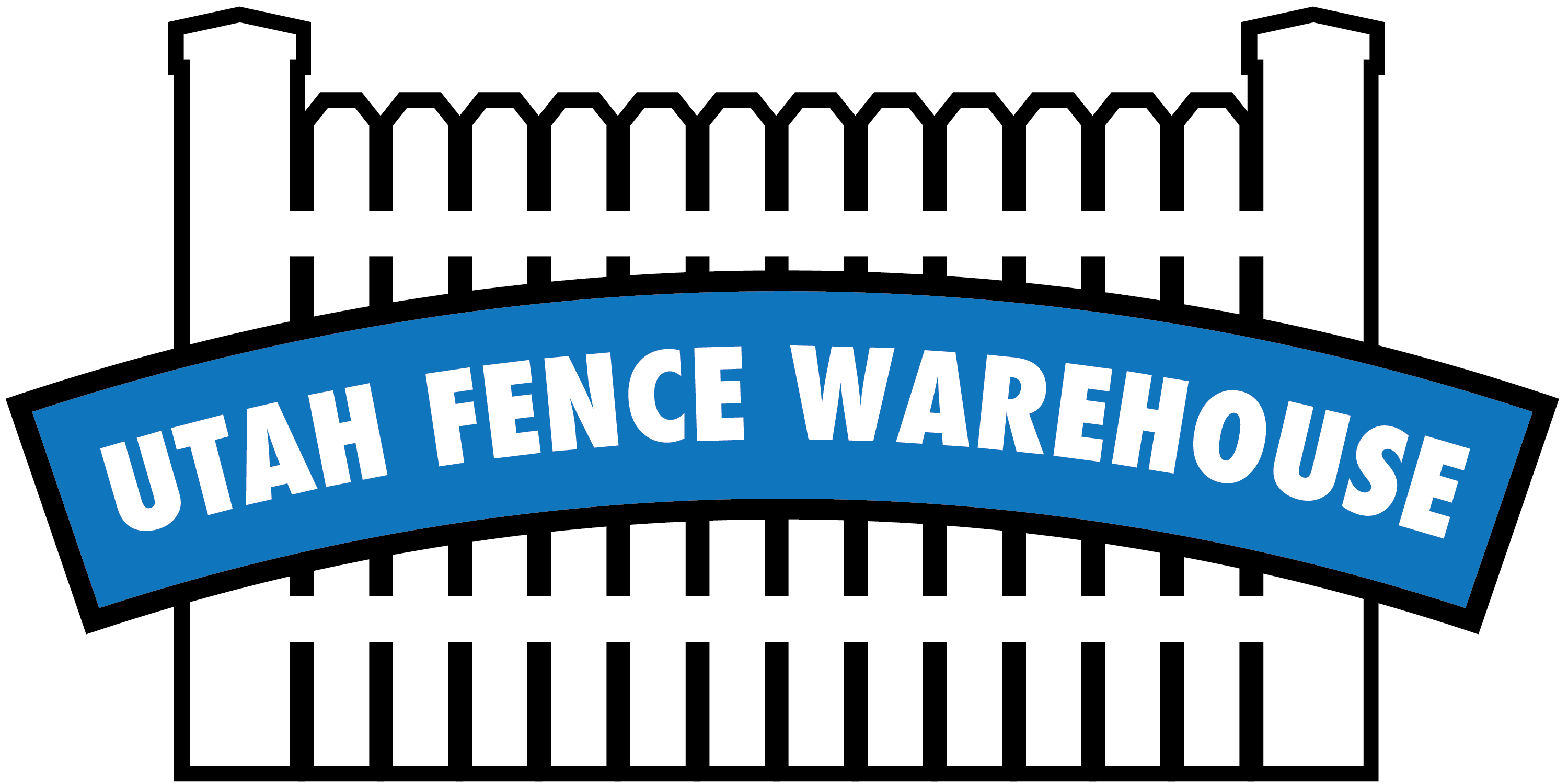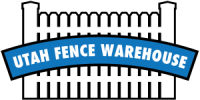At Utah Fence Warehouse, we’re proud to serve as both your fence supplier and, if needed, your fence contractor. Not only do we offer a wide range of fence materials, from wood and vinyl fencing to wrought iron and many others, but we also will fully handle installation if you require us to do so – and we’ll also sit back and provide tools and accessories if you choose to handle installation on your end.
If you choose to take the latter route and turn fence installation into a DIY project, one of the primary considerations you’ll be thinking about is the fence’s posts. How far apart should they be? How deep in the ground should they be buried, and which materials should be used to secure them? This two-part blog will dig into this and several other important areas related to your fence posts and how to properly install them for a long-lasting fence.

Fence Type and Surface Area
The first consideration here is the strength and size of the posts you need to be purchasing, which will depend on a few important factors. Weak posts are no good – they risk being moved around by the elements and gravity’s natural pull, with a greater potential to tip over after some period of time.
The first factor to look at when it comes to post strength and weight: The type and fence material you’re using. If you’re installing a full-on privacy fence, for instance, the solid nature of this type will not allow any wind to pass through. As a result, the fence will take the full force of any major wind. If it’s held by weak posts or not enough posts, it may not hold up. If you’re installing a split rail fence, a picket fence or a similar option with airspace in the design, on the other hand, you’ll have an easier time with the wind.
Post Size and Surface
When it comes to choosing the posts themselves, however, the opposite formula should be followed: The greater the surface area, the more durable the fence will be. Thicker, heavier posts are simply more likely to hold up against strong winds or other elements, and they’re necessary in many cases if your fence panels cover a lot of surface.
Burying Depth
On top of choosing the right post size and weight to carry the load, you have to consider the burying depth of all your posts. Generally speaking, the industry standard here is to bury somewhere between one third and half of each post within the ground, though this can depend on the precise materials being used. If you’re unsure here, ask our professionals for advice on the proper burying depth.
For more on choosing and installing fence posts for your DIY fence installation, or to learn about any of our fence installation or repair services, speak to the staff at Utah Fence Warehouse today.

